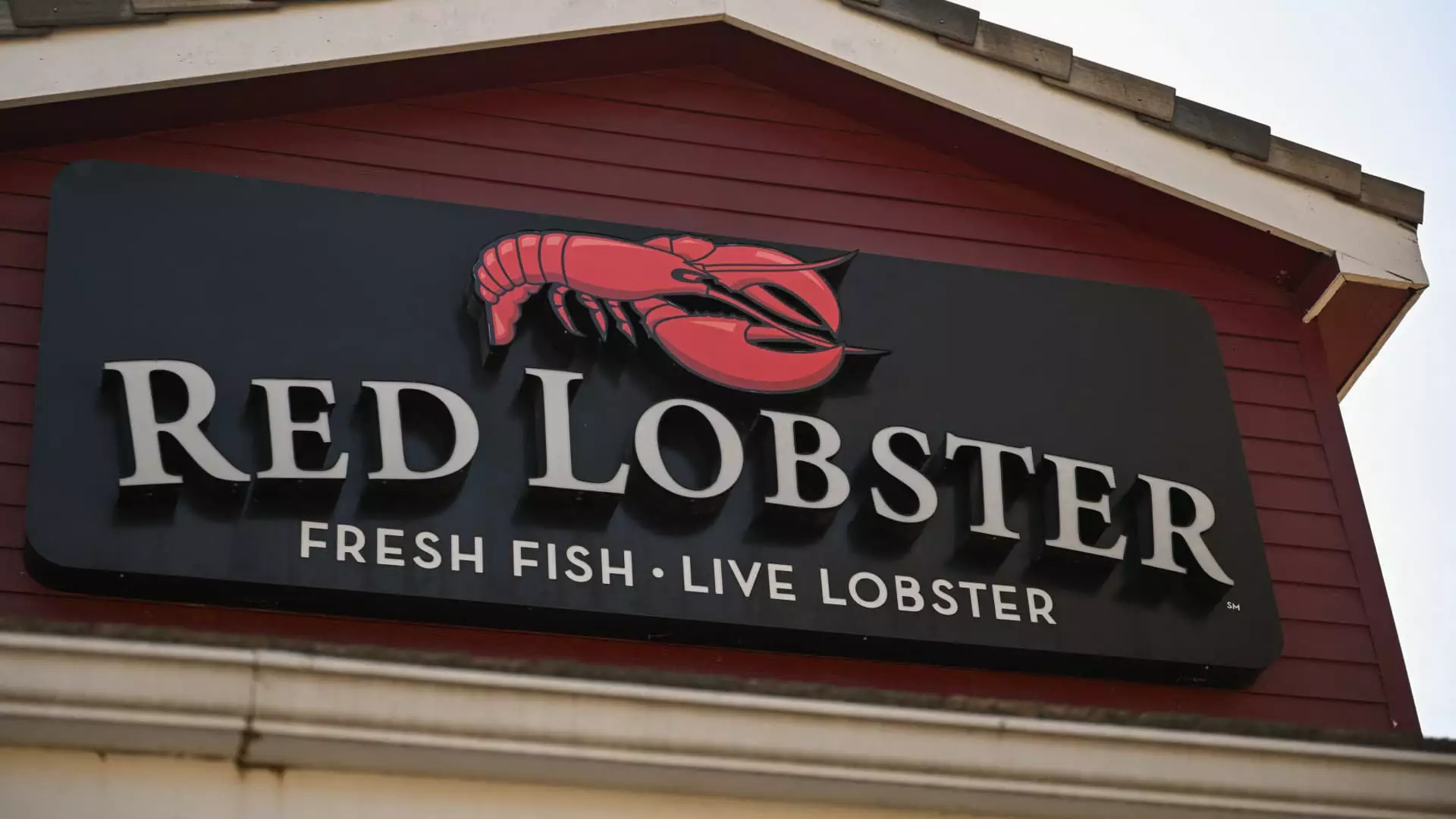The restaurant industry has been hit hard in recent years, with bankruptcy filings on the rise across the sector. Several well-known restaurant chains have filed for Chapter 11 protection, signaling broader economic challenges that have impacted various industries. Diners are reeling in their spending, labor costs are increasing, and the withdrawal of Covid-related government assistance has left many businesses struggling to stay afloat.
The surge in restaurant bankruptcies can be attributed to a combination of factors. High interest rates, rising costs, inflation, and a slow return to pre-pandemic dining habits have all played a role in the financial woes of these establishments. For example, Buca di Beppo cited escalating expenses and labor difficulties as reasons for its bankruptcy filing. Similarly, Rubio’s Restaurants pointed to mounting food and utility costs, a decline in lunchtime traffic due to remote work, and wage hikes as contributing factors to its insolvency.
1. **Roti**: A Mediterranean fast-casual chain that filed for Chapter 11 protection in August. The company struggled during the pandemic due to its location in downtown business districts, leading to financial instability.
2. **Buca di Beppo**: An Italian American chain that announced bankruptcy in August, attributing its financial troubles to rising costs and operational challenges.
3. **World of Beer**: A tavern chain that filed for bankruptcy protection in August, citing high interest rates, inflation, and changing consumer preferences as factors affecting its business.
4. **Rubio’s Restaurants**: A fast-casual chain known for its fish tacos, which sought Chapter 11 protection in June. The company faced pressures from escalating costs, reduced foot traffic, and wage increases.
5. **Melt Bar and Grilled**: A Cleveland-based chain that struggled to meet financial obligations, prompting a Chapter 11 filing to salvage the business.
6. **Kuma Holdings (Kuma’s Corner)**: The parent company of a midwestern burger chain that filed for bankruptcy in June, highlighting challenges in the competitive restaurant industry.
7. **Red Lobster**: A seafood giant that declared bankruptcy in May, citing various strategic missteps and economic challenges as reasons for its financial woes.
8. **Tijuana Flats**: A Tex-Mex chain that underwent a Chapter 11 restructuring and ownership change in April, leading to the closure of several locations.
9. **Sticky’s Finger Joint**: A chicken-tender chain that faced financial difficulties due to rising costs and legal expenses, resulting in a bankruptcy filing in April.
10. **Kukai Ramen & Izakaya**: A Portland-based ramen chain that filed for Chapter 11 protection in February, ultimately closing all of its locations later that year.
The spate of restaurant bankruptcies highlights the economic challenges faced by the industry, as well as the broader impact of changing consumer behaviors and market conditions. These filings serve as a warning sign for businesses across sectors, emphasizing the importance of adaptability, financial management, and strategic planning in turbulent times.
The rise in restaurant bankruptcies underscores the need for resilience and innovation in the face of economic uncertainty. By understanding the factors contributing to these filings and learning from the experiences of struggling establishments, businesses can better navigate challenges and position themselves for long-term success.


Leave a Reply